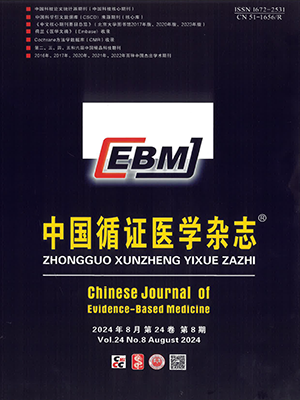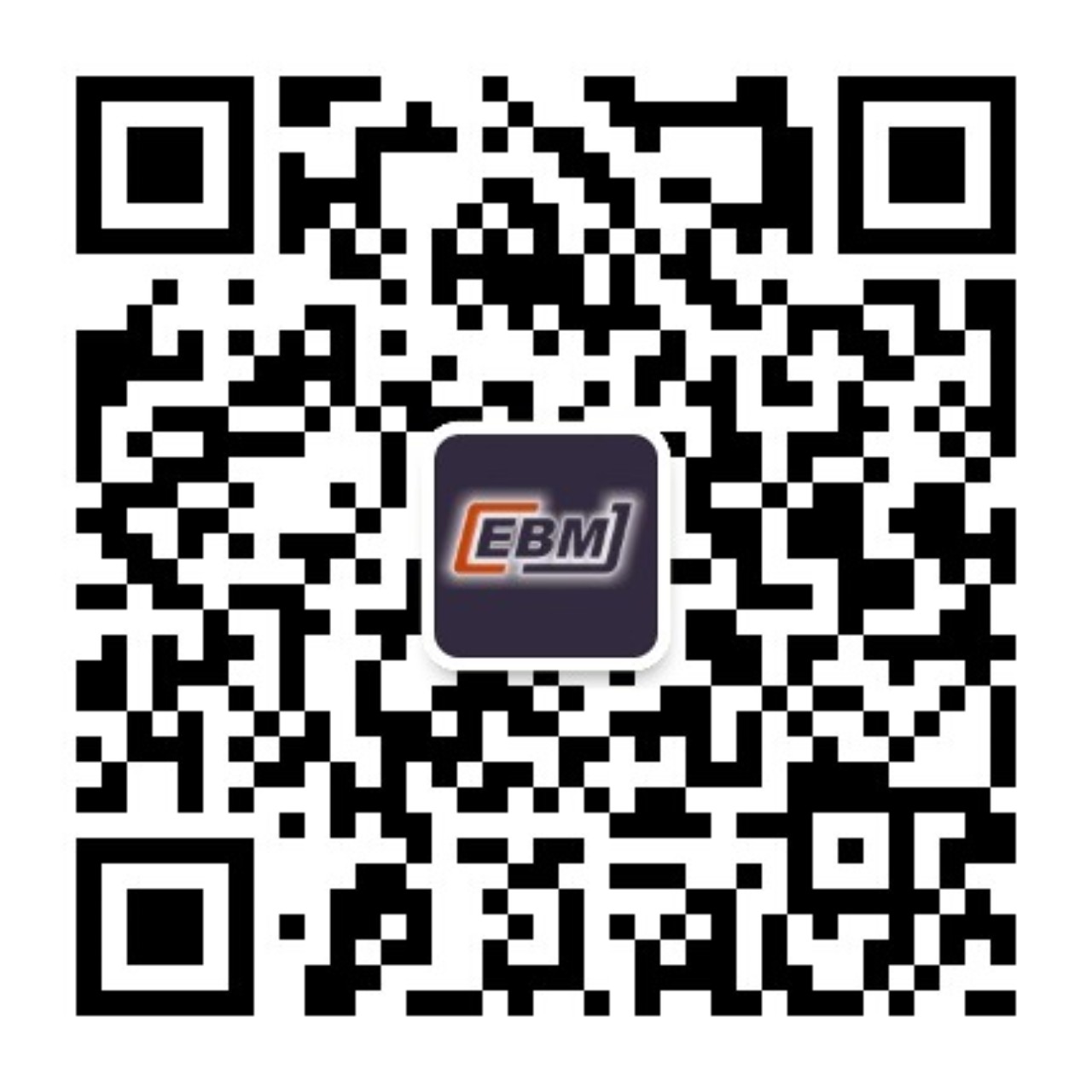引用本文: 張鳴明,李幼平,艾昌林,刁驤. WHO啟動(dòng)基本衛(wèi)生技術(shù)決策與實(shí)踐. 中國循證醫(yī)學(xué)雜志, 2007, 07(3): 162-164. doi: 復(fù)制
| 1. | Li YP, Wang L. Health technology assessment and health decision. Chinese Journal of Evidenec-Based Medicine, 2001, 1(2): 67–70. |
| 2. | Zhu QS. Management and progress of health technology equipment allocation in China. China Medical Equipment, 2006, 3(8): 1–7. |
| 3. | Main points of the work of Science Education Department of MOH. http://www.moh.gov.cn. 2007-01-25. |
| 4. | WHO consultation on the creation of the list of 100 essential health technologies, Geneva, Switzerland 7 to 9 February 2007-2-27. |
| 5. | 李幼平, 王莉. 衛(wèi)生技術(shù)評(píng)估與衛(wèi)生決策. 中國循證醫(yī)學(xué)雜志, 2001, 1(2): 67~70. |
| 6. | 朱慶生. 我國衛(wèi)生技術(shù)裝備配置管理及發(fā)展趨勢(shì). 中國醫(yī)學(xué)裝備, 2006, 3(8): 1~7. |
| 7. | 科教司2007年工作要點(diǎn). http://www.moh.gov.cn. 2007-01-25. |
- 1. Li YP, Wang L. Health technology assessment and health decision. Chinese Journal of Evidenec-Based Medicine, 2001, 1(2): 67–70.
- 2. Zhu QS. Management and progress of health technology equipment allocation in China. China Medical Equipment, 2006, 3(8): 1–7.
- 3. Main points of the work of Science Education Department of MOH. http://www.moh.gov.cn. 2007-01-25.
- 4. WHO consultation on the creation of the list of 100 essential health technologies, Geneva, Switzerland 7 to 9 February 2007-2-27.
- 5. 李幼平, 王莉. 衛(wèi)生技術(shù)評(píng)估與衛(wèi)生決策. 中國循證醫(yī)學(xué)雜志, 2001, 1(2): 67~70.
- 6. 朱慶生. 我國衛(wèi)生技術(shù)裝備配置管理及發(fā)展趨勢(shì). 中國醫(yī)學(xué)裝備, 2006, 3(8): 1~7.
- 7. 科教司2007年工作要點(diǎn). http://www.moh.gov.cn. 2007-01-25.




